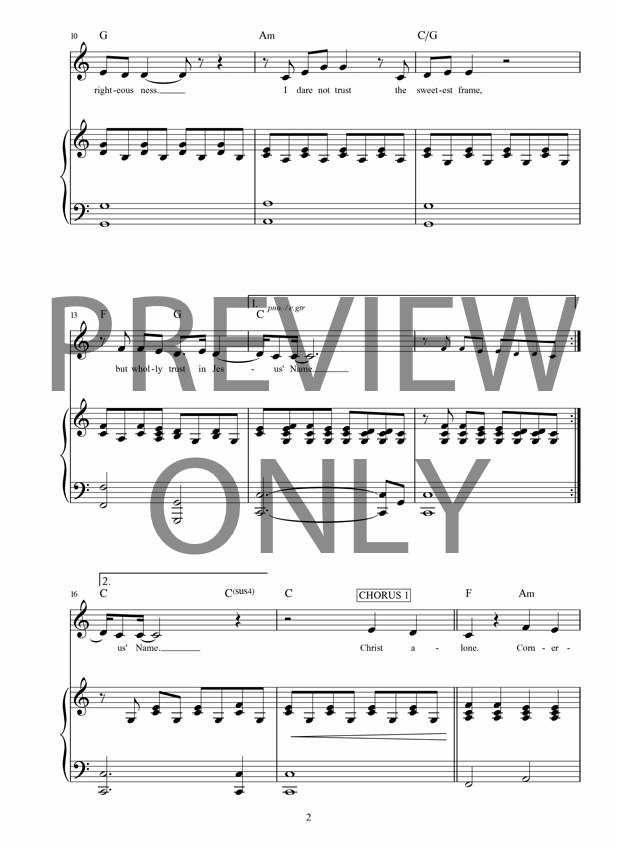

The melody is mostly built on simple major chord arpeggios separated by a whole step, and in bars 11-16, more complex chords are built by playing major chords over a major chord root a whole step below. Anyone here happen to have a lead sheet or transcription of 'Not Forgetting'? Transcription Request: 'Nomad'This is off Grant Green's 1963 album, 'Idle Moments,' and is one of my favorites off the album.

(Request) Not Forgetting - Bill Connorsvia Gary Peacock, I used to have a lead sheet of the ballad 'Not Forgetting' (recorded on Bill Connors 1977 'Of Mist And Melting' session with Jan Garbarek, Gary Peacock, and Jack DeJohnette, that also had a lovely take of Bill Connors 'Melting' aka 'Spanish Flames' on it.), but the old photocopy Gary gave me back in 1977 is now so totally faded as to be completely unreadable. The melody is played by bass clarinet and acoustic bass in unison.Best, VilleThis post contains the following attachment types:-application/pdf. Herbie's take on harmony differs from Bennie's arrangement a great deal.The second one is transcribed from Bennie's recording 'Early Reflections' (2008). Herbie Hancock recorded the tune earlier on his album 'Crossings' (1972).

The first is from his album 'Slow Traffic to the Right' (1977). However the voicings should be strictly adheared to. I've written chord symbols, most probably to aid in improvisation over the section, or to make the harmony understandable. The embellesment of the rising figure makes a point of highlighting the slip from the slightly more dissonant sixth to the more consonant fifth, rather than a mere fall from the D# to D natural.The chords themselves appear beautifully chosen and structured when the melody appears in bar 17. The rising figure makes the lift more subtle, which the top, higher line being the lit one, the one that is noticed. I'm sure Kurt could have sung that top line, but he chose to sing the rising one, adding a shimmering rising texture to the major sixth, which falls to a perfect fifth, which lifts the figure. Rosenwinkel said that sometimes some harmonies need a richness added to certain tones, and he will try and add this richness through his singing. The vocal line also adds a certain specialness to some parts here: note in bar 10 how the vocal line doubles the bottom rising figure, which is quieter from the piano, and does not double the higher figure. I've played classically trained pianist so I have no trouble reading but if someone could give me a hand coming up with some chord voicing s and comping patterns I would appreciate it.The piece is Clifford Brown's Sandu and the chords are as follows:Eflat7Aflat7Eflat7Bflatm7 - Eflat7Aflat7AdiminishedEflat7Gm7(flat5) - C7(flat9)Fm7Bflat7Eflat7 - C7F7 -Bflat7. Is anyone able to help me fighure out some compiHi,I've recently accidentally ended up in a jazz band as a pianist.I am not a jazz pianist and have no clue what I'm doing. Still, I'm not certain about any of this, and therefore need your advise here.Are the 8th notes in the A section played in swing time? How about the B section? Please share your thoughts.Kind regards, VilleThis post contains the following attachment types:-application/pdf. The letter B denotes E Aeolian (Em7) and Bb Lydian (Bb/E) or C Mixolydian (C7/E) modes. The piece follows 32-bar (AABA) form, where A section is in 5/4 time and B section in 4/4 time.The harmony at bars 1 - 2 and 5 - 6 of letter A implies an A Phrygian mode (A7susb9), whereas bars 3 - 4 and 7 - 8 suggest an A Dorian harmony (Am7).


 0 kommentar(er)
0 kommentar(er)
